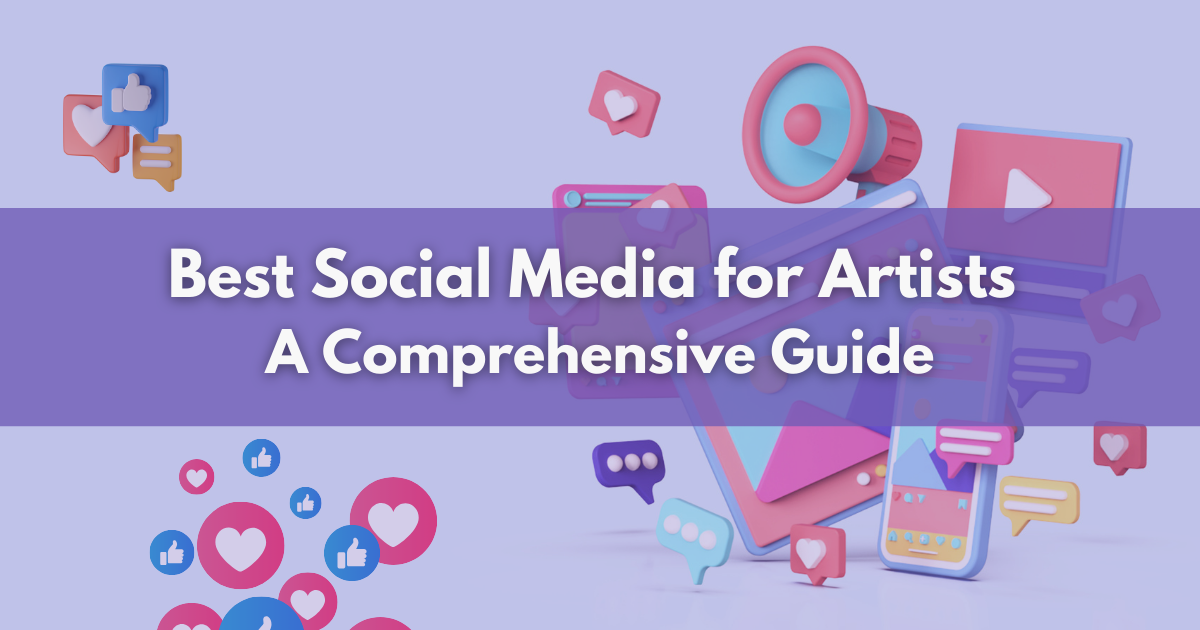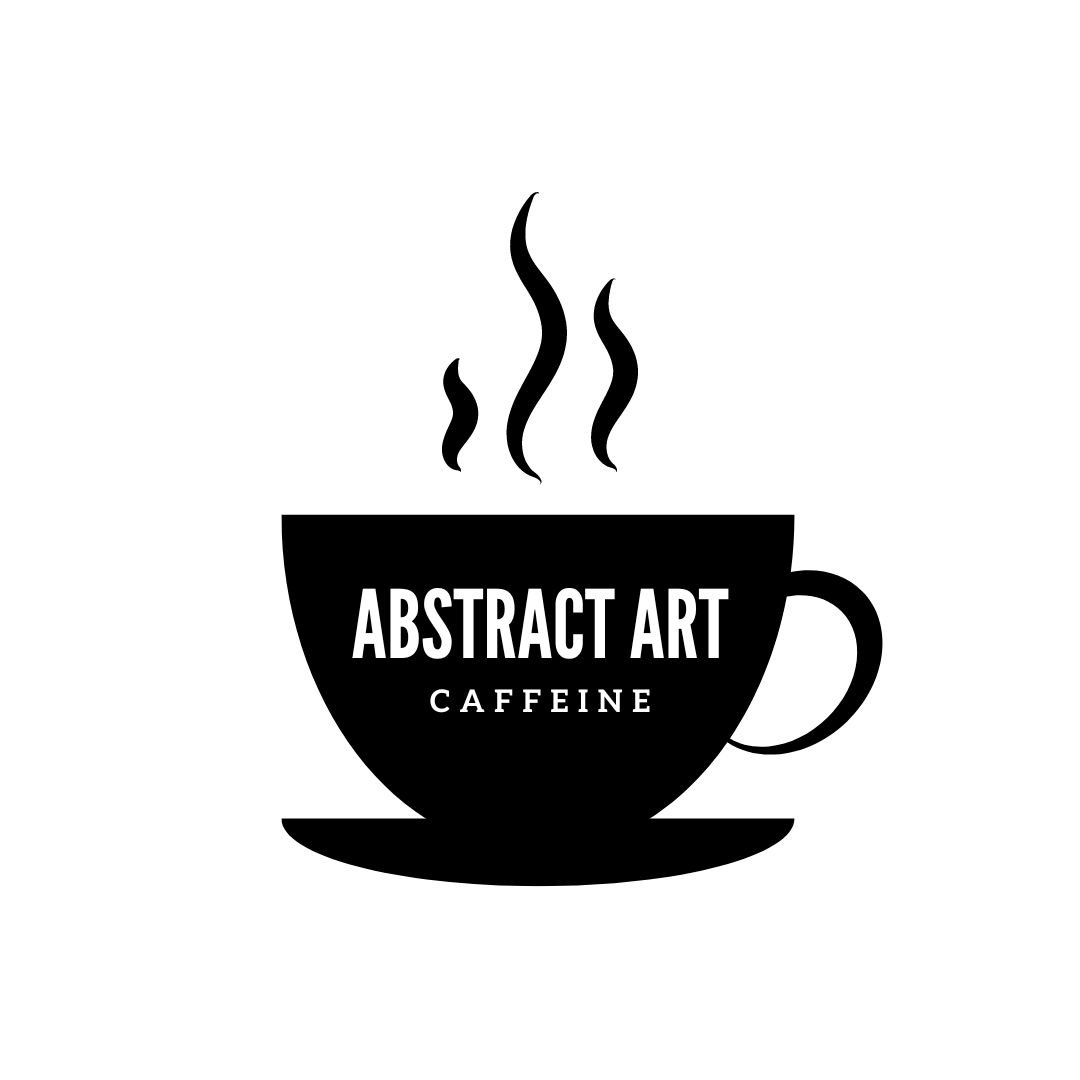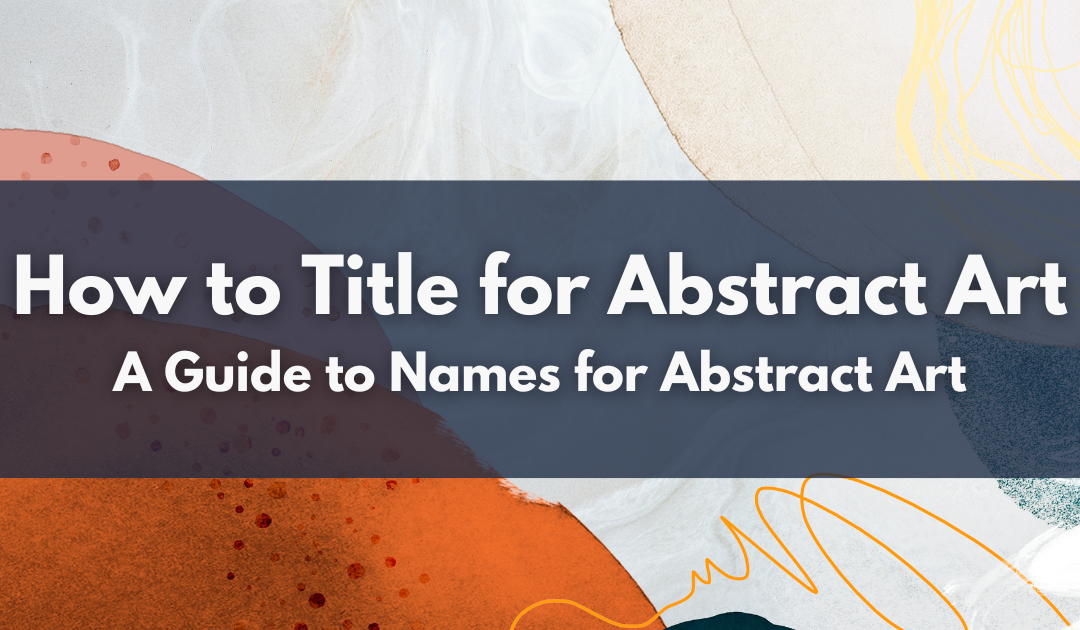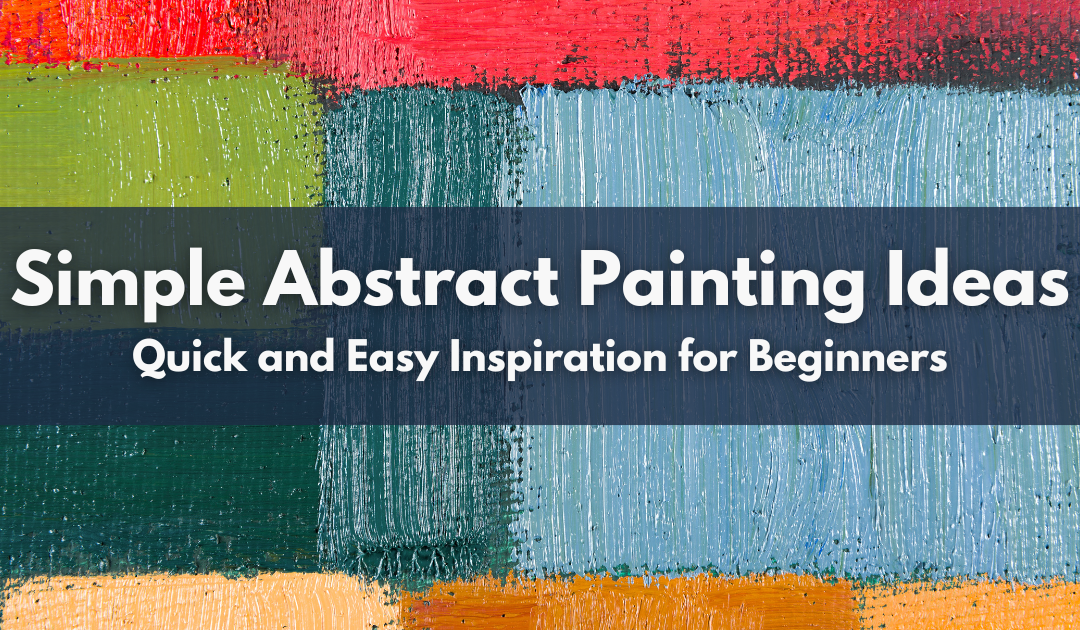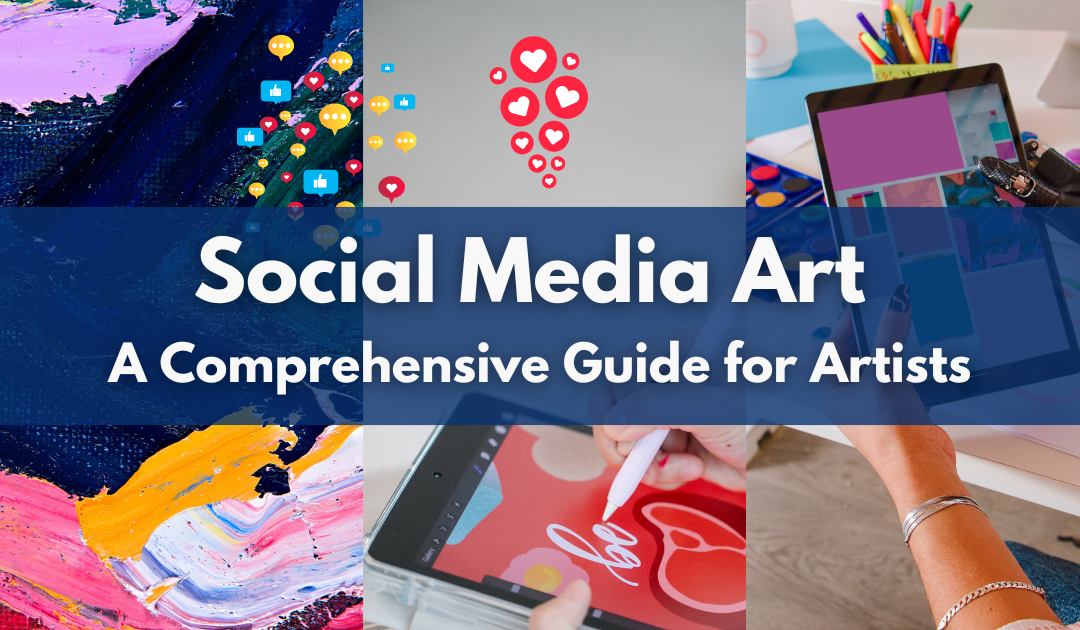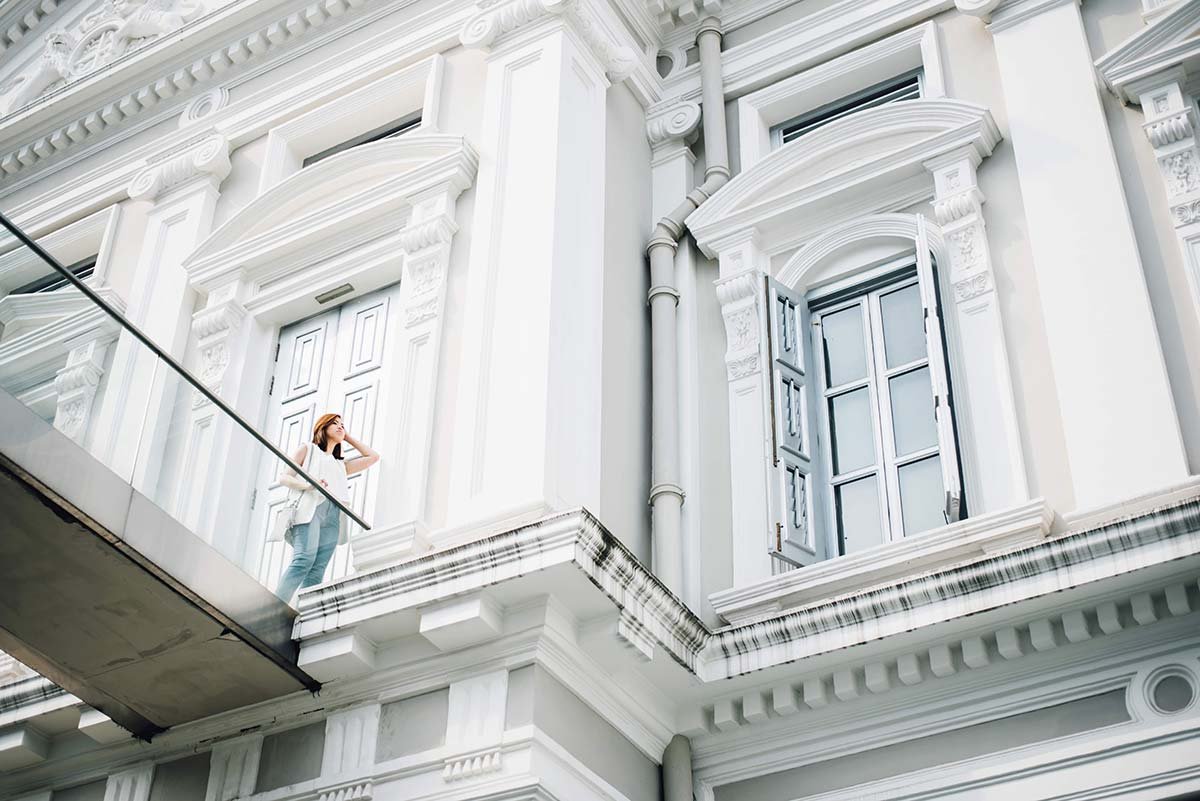Dear Artists, Do you want to know which is the best social media for artists?
You are in the right place.
In this article, we will cover what is the best social media platform for artists.
Ready to splash your abstract masterpieces across digital media channels?
In today’s hyper-connected world, social media isn’t just for selfies and cat videos – it’s your virtual art gallery, your global stage, and your ticket to artistic identity.
As an abstract painter, you have a unique talent. Your art speaks volumes, but how do you make it shout from the rooftops of the internet?
That’s where this guide comes in handy.
We’re going to explore the best social media platforms for artists that’ll make your abstract art pop, sizzle, and be visible to audiences worldwide.
From the visual feast of Instagram to the video bonanza of YouTube and TikTok, we’ll cover it all.
At the end of this article, we will share our recommendations for the best social media platforms not only for the experienced but also for the abstract artists who are just starting their art journey in the art world.
So, grab your favorite drink (tea, coffee, or whatever you like), a comfy seat, and let’s dive into the wonderful world of social media for abstract painters.
Understanding the Abstract Art Market on Social Media

Before we jump into the platforms, let’s take a moment to understand the unique world of abstract art on social media.
It’s like trying to explain a dream – fascinating, but not always straightforward!
The Unique Challenges of Marketing Abstract Art
Marketing abstract art online is like trying to describe the taste of color – it’s not always easy!
Unlike realistic art, abstract pieces don’t always have a clear subject or story. This can make it tricky to capture attention in a scrolling feed.
But don’t worry, with the right approach, you can turn this challenge into your superpower!
The Importance of Visual Presentation
In the world of social media, presentation is everything.
Your artwork needs to look its absolute best in every post.
This means high-quality photos, good lighting, and maybe even some behind-the-scenes shots of your creative process.
Building a Community and Finding Your Audience
Social media isn’t just about broadcasting; it’s about connecting.
Think of it as hosting an ongoing, global art party.
You want to mingle, chat, and make friends. Your audience is out there, and they’re looking for art that speaks to them. By consistently sharing your work and engaging with others, you’ll gradually build a community of art lovers who get your vibe.
Remember, Rome wasn’t painted in a day (sorry, couldn’t resist!). Building a strong presence takes time, but with patience and persistence, you’ll create a thriving online gallery for your abstract art.
Instagram: The Top Platform for Abstract Painters
Alright, let’s talk about the crown jewel of art-friendly social media: Instagram.
If social media platforms were a party, Instagram would be the cool art gallery next door where all the painters hang out.
Why Instagram is Ideal for Abstract Art
Instagram is like a virtual museum tailor-made for abstract painters.
Its visual-first approach means your artwork takes center stage. Plus, with over a billion monthly active users, your potential audience is massive.
It’s like having a gallery in the busiest part of town, open 24/7.
Key Features for Artists
- Visual Posts: Instagram is mostly focused on visual posts. It brings the opportunity to share your artwork to millions of global audiences. You can also add music from the Instagram music library to match the mood of your artwork.
- Instagram Stories: Think of these as your daily sketchbook. Share quick peeks into your process, your inspiration, or even just your artistic musings.
- Reels: These short videos are perfect for showing time-lapses or mini videos of your painting process. It’s like inviting viewers into your studio!
- IGTV: For longer videos, IGTV is your go-to. Use it to host mini-documentaries about your art or in-depth tutorials.
Best Practices for Sharing Your Work
- Quality is king: Always use high-resolution images that do justice to your art.
- Consistency is key: Try to post regularly – it keeps your audience engaged and helps with the algorithm.
- Mix it up: Alternate between finished pieces, works in progress, and behind-the-scenes content.
- Use captions wisely: Tell the story behind your art. What inspired you? What emotions does it evoke?
Building a Following and Engaging with Your Audience
Building a following on Instagram is like nurturing a garden. It takes time, care, and regular attention. Here are some tips:
- Respond to comments: Make your followers feel heard and appreciated.
- Use Instagram Live: It’s like hosting an impromptu open studio – great for real-time engagement!
- Collaborate with other artists: Cross-promotion can help you reach new audiences.
Leveraging Hashtags and Collaborations
Hashtags are your best friends on Instagram.
They’re like signposts guiding art lovers to your work. Some popular ones include #abstractart, #contemporaryart, and #artistsoninstagram.
But don’t stop there – create your own unique hashtag too.
Collaboration can be a game-changer. Whether it’s a joint project with another artist or a feature on an art account, collaborations can exponentially increase your reach.
Remember, Instagram is all about visual storytelling. So, let your abstract art tell its story, and watch your audience grow.
YouTube: Video Content for Abstract Painters
Lights, camera, abstract action!
YouTube might seem like an odd choice for painters at first glance, but trust me, it’s a goldmine of opportunities.
It’s like having your own TV channel dedicated to your art.
The Power of Video for Showcasing Your Process
Video allows you to bring your artwork to life in a way static images can’t.
It’s like inviting viewers into your studio for a personal tour. They can see how you layer colors, the techniques you use, and the evolution of a piece from blank canvas to a finished masterpiece.
It’s mesmerizing.
Types of Content Abstract Painters Can Create
Time-lapse videos: Show the creation of a painting from start to finish in just a few minutes.
- Tutorial videos: Teach your techniques and help other artists grow.
- Artist vlogs: Share your daily life, inspirations, and thoughts on art.
- Studio tours: Give viewers a peek into your creative space.
- Art supply reviews: Share your favorite tools and materials.
Tips for Camera-Shy Artists
Not everyone is comfortable in front of the camera, and that’s okay.
Here are some ideas for the shyer artists among us:
- Focus on your hands: Show your painting process without showing your face.
- Use voice-overs: Narrate your process while the camera focuses on your work.
- Create slide shows: Combine still images with music or narration.
- Use time-lapse: Speed up your painting process so the focus is on the art, not you.
Remember, your art is the star of the show. You don’t need to be a Hollywood actor to create compelling content.
Optimizing Your YouTube Channel for Discovery
To get your videos seen, you need to play nice with YouTube’s algorithm.
Here are some tips:
- Use descriptive titles: “Creating an Abstract Sunset” is better than “Painting Video #27”.
- Write detailed descriptions: Include keywords related to abstract art and painting techniques.
- Use tags wisely: Add relevant tags to help YouTube categorize your content.
- Create eye-catching thumbnails: These are like mini-posters for your videos.
- Organize your videos into playlists: This keeps viewers watching longer.
Monetization Opportunities
Once you build an audience, YouTube can become more than just a platform – it can be a source of income! Here’s how:
- Ad revenue: Once you reach 1000 subscribers and 4000 watch hours, you can apply for the YouTube Partner Program.
- Sponsorships: Art supply companies might pay you to review or use their products.
- Merchandise: Sell prints or merchandise through YouTube’s merch shelf.
- Channel memberships: Offer exclusive perks to paying subscribers.
- Super Chat and Super Stickers: Fans can pay to have their messages highlighted in live chats.
Remember, building a YouTube channel takes time and consistency. But with patience and persistence, you can create a thriving community around your abstract art videos.
TikTok: Short-Form Video for Abstract Art
Alright, let’s talk about the new kid on the block – TikTok.
This platform is like a hyperactive art class where creativity meets fun in bite-sized videos.
Don’t let its reputation for dance challenges fool you; TikTok is a goldmine for abstract artists.
The Rise of TikTok and Its Potential for Artists
TikTok has exploded in popularity, especially among younger audiences.
It’s like a virtual stage where your art can perform a quick, charming video shoot for millions of potential fans.
With its algorithm favoring content over follower count, even new artists have a shot at going viral!
Creating Engaging Short-Form Content for Abstract Art
The key to TikTok is quick, punchy content that grabs attention. Here are some ideas:
- Speed painting challenges: Create a piece in 60 seconds or less.
- Before and after transformations: Show a blank canvas becoming a masterpiece in seconds.
- Art hacks: Share unique techniques or tools you use.
- Color mixing videos: These are oddly satisfying and hugely popular.
- Duets with other artists: Collaborate virtually for twice the creativity.
Remember, on TikTok, you’re not just sharing art – you’re putting on a show.
Leveraging TikTok Trends and Challenges
TikTok thrives on trends and challenges.
It’s like a never-ending art party where everyone’s invited to join in.
Here’s how to make the most of them:
- Put an artsy spin on popular challenges: For example, turn the “Wipe It Down” challenge into a canvas transformation.
- Use trending sounds: TikTok’s algorithm loves videos using popular audio clips.
- Start your own art challenge: Create a hashtag and challenge other artists to try your technique.
Growth Strategies Specific to TikTok
Growing on TikTok is all about playing to the platform’s strengths. Here are some tips:
- Post consistently: Aim for at least once a day if possible.
- Engage with your community: Respond to comments and participate in other artists’ videos.
- Use relevant hashtags: #ArtTok and #AbstractArt are great starting points.
- Experiment with different types of content: TikTok’s algorithm will push your most engaging content.
Remember, TikTok is all about fun and creativity.
Don’t be afraid to let your personality shine through alongside your art.
Other Platforms to Consider
While Instagram, YouTube, and TikTok are the big three for abstract painters, there are other platforms worth exploring.
Think of these as different neighborhoods in the vast city of social media, each with its own vibe and opportunities.
Pinterest: A Visual Discovery Engine
Pinterest is like a giant, digital mood board.
It’s perfect for abstract art because people often use it for inspiration and visual exploration.
Here’s how to make the most of it:
- Create boards for different themes or color schemes in your work.
- Pin process shots and finished pieces.
- Use rich pins to add more information about your art directly on the pin.
- Join group boards related to abstract art to increase your reach.
X (Twitter): Networking and Art Community Engagement
X might seem text-heavy, but it’s a great place for quick updates and networking.
It’s like the coffee shop where artists gather to chat.
Here’s how to use it effectively:
- Share quick sketches or works in progress.
- Engage in art-related conversations using hashtags like #ArtistOnX.
- Participate in X art events like #ColorOurCollections.
- Connect with art galleries, critics, and fellow artists.
Facebook: Groups and Marketplace Opportunities
Facebook is like the community center of social media.
It’s great for building deeper connections and even selling your work.
Here’s what you can do:
- Join Facebook groups for abstract artists and art lovers.
- Use Facebook Live to stream your painting process.
- Utilize Facebook Marketplace to sell your art locally.
- Create events for virtual art shows or studio open days.
LinkedIn: Professional Networking for Artists
Don’t overlook LinkedIn.
It’s not just for corporate jobs. For artists, it can be a valuable platform for professional connections.
Here’s how to use it:
- Showcase your portfolio in your profile.
- Connect with galleries, art consultants, and corporate art buyers.
- Share articles about the art industry or your artistic philosophy.
- Look for opportunities like artist residencies or commissions.
Remember, you don’t need to be on every platform. Choose the ones that feel right for you and your art.
Quality engagement on a few platforms is better than scattered presence across many.
Creating a Multi-Platform Strategy
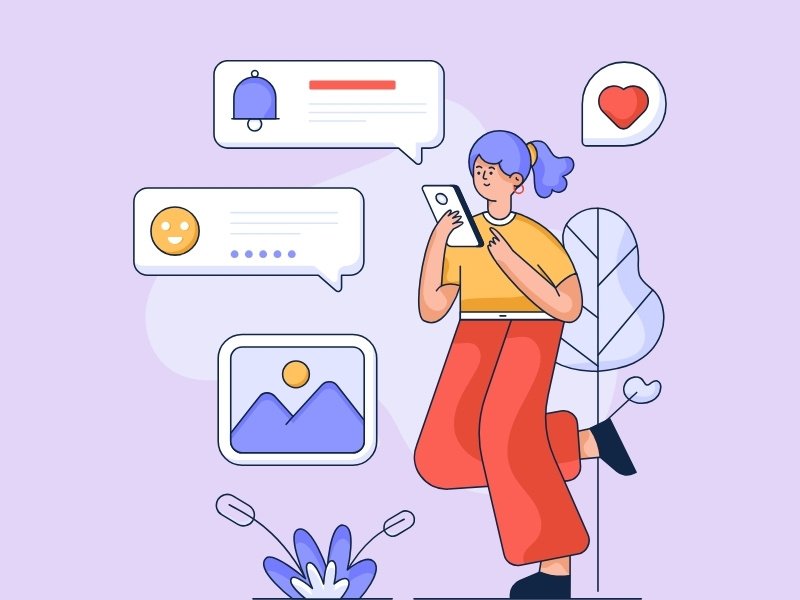
So far we’ve explored different platforms, let’s talk about bringing it all together.
Creating a multi-platform strategy is like conducting an orchestra – each instrument (or platform) has its role, but together they create a beautiful symphony.
Choosing the Right Mix of Platforms
You don’t need to be everywhere at once. It’s better to choose a few platforms and do them well. Consider:
- Where your target audience hangs out most.
- Which platforms suit your content style (e.g., visual-heavy for Instagram, video for YouTube).
- How much time you can realistically dedicate to social media.
Start with one or two platforms and gradually expand as you get comfortable.
Maintaining Consistency Across Platforms
Consistency is key in building your brand as an abstract artist.
Here’s how to maintain it:
- Use the same profile picture and bio across platforms.
- Develop a consistent color scheme or visual style for your posts.
- Keep your artist name the same everywhere.
- Cross-promote your accounts (e.g., mention your Instagram on your YouTube videos).
Think of your social media presence as an extension of your artistic style – it should be recognizably you, wherever people find you.
Time Management and Content Planning
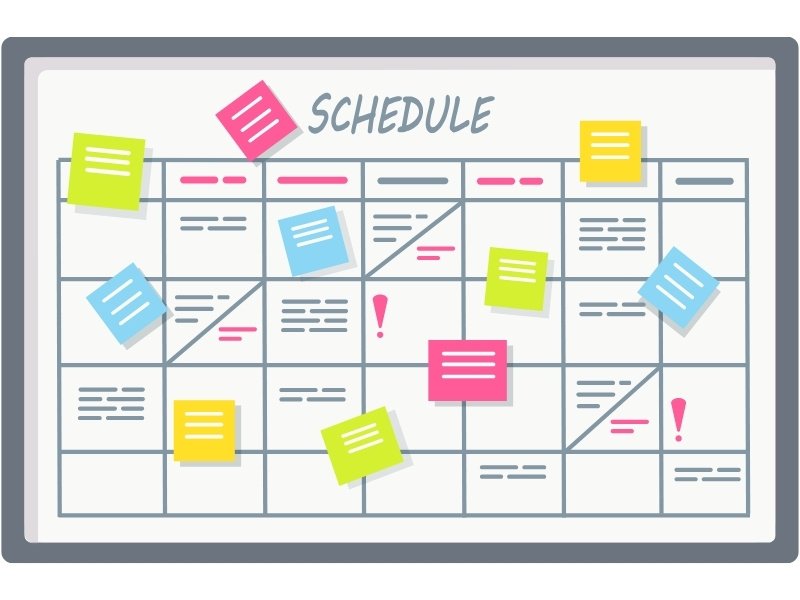
Managing multiple platforms can be overwhelming, but with a good strategy, it’s totally doable.
Here are some tips:
- Use a content calendar to plan your posts in advance.
- Repurpose content across platforms (e.g., turn a YouTube video into multiple Instagram posts).
- Set aside specific times for creating content and engaging with your audience.
- Use scheduling tools like Hootsuite or Buffer to automate some of your posting.
Remember, social media should support your art practice, not take over it.
It’s all about finding the right balance.
Overcoming Common Challenges

Every artist faces hurdles on their social media journey.
But don’t worry – with the right mindset, these challenges are just opportunities in disguise.
Dealing with Algorithm Changes
Social media algorithms change faster than paint dries.
Here’s how to stay on top:
- Stay informed: Follow social media news sources to keep up with changes.
- Be adaptable: Be ready to adjust your strategy when needed.
- Focus on quality: Good content tends to perform well regardless of algorithm tweaks.
- Diversify: Don’t put all your eggs in one platform’s basket.
Handling Negative Feedback or Criticism
Not everyone will get your art, and that’s okay.
Here’s how to handle criticism gracefully:
- Stay professional: Respond politely or not at all.
- Learn from constructive criticism: Use it to improve your craft.
- Don’t take it personally: Remember, art is subjective.
- Focus on your supporters: They’re the ones who matter most.
Balancing Social Media Presence with Artistic Practice
It’s easy to get caught up in the social media whirlwind and neglect your art.
Here’s how to strike a balance:
- Set boundaries: Allocate specific times for social media and stick to them.
- Use social media as inspiration, not distraction.
- Remember why you started: Your art comes first, social media is just a tool.
- Take breaks when needed: It’s okay to step back and recharge.
Protecting Your Work Online
In the digital age, protecting your art is crucial. Here are some tips:
- Use watermarks on your images.
- Post lower-resolution images that aren’t suitable for printing.
- Familiarize yourself with copyright laws.
- Consider registering your artwork for additional protection.
Remember, challenges are part of the journey.
Each one you overcome makes you a stronger, savvier artist.
Measuring Success and Analytics

Now, let’s talk numbers.
Don’t worry, we’re not doing complex math here. Think of analytics as the applause meter for your online art gallery.
Key Metrics to Track
Different metrics matter for different platforms, but here are some universal ones:
- Engagement rate: How many people are liking, commenting, or sharing your posts?
- Follower growth: Are you gaining new fans?
- Reach: How many people are seeing your content?
- Website clicks: Are people visiting your website or online store from your social media?
Using Insights to Refine Your Strategy
Analytics aren’t just numbers – they’re feedback from your audience.
Use them to:
- Identify your most popular content and create more like it.
- Find the best times to post by seeing when your audience is most active.
- Understand which hashtags are most effective for your art.
- Gauge which platforms are giving you the best return on your time investment.
Tools for Social Media Analytics

Each platform has its own built-in analytics, but there are also third-party tools that can help:
- Hootsuite: Great for managing multiple platforms and seeing analytics in one place.
- Iconosquare: Offers in-depth Instagram and Facebook analytics.
- TubeBuddy / VidIQ: Helpful for YouTube creators to track video performance.
Remember, numbers aren’t everything.
The connections you make and the joy you bring to art lovers are just as important as any metric.
Our Recommendation – The Best Social Media for Artists
As all social media platforms are available for free to use online, you have to be selective to put your energy into getting the best results.
We recommend as an abstract artist, your first preference will be Instagram and only Instagram.
Many artists are only active on Instagram. They get wonderful audience growth and success in their art career from Instagram.
You should start with Instagram and then based on your free time and business growth, you can expand your content distribution to other social media channels.
Some Extra Tips for Using Instagram as an Abstract Artist
- Follow your favorite artists on Instagram
- Check their Bio section
- Take inspiration from their Posts (Art Images, Video Reel Ideas, Story Ideas)
- Monitor their daily activity
- Observe their hashtags and post titles
- Their response to the audience
When you follow your favorite artists for a long time, you can get a clear idea of how you can organize, plan, create, and schedule your content.
Do not copy anyone. Create your footprint with your artist’s voice.
Conclusion
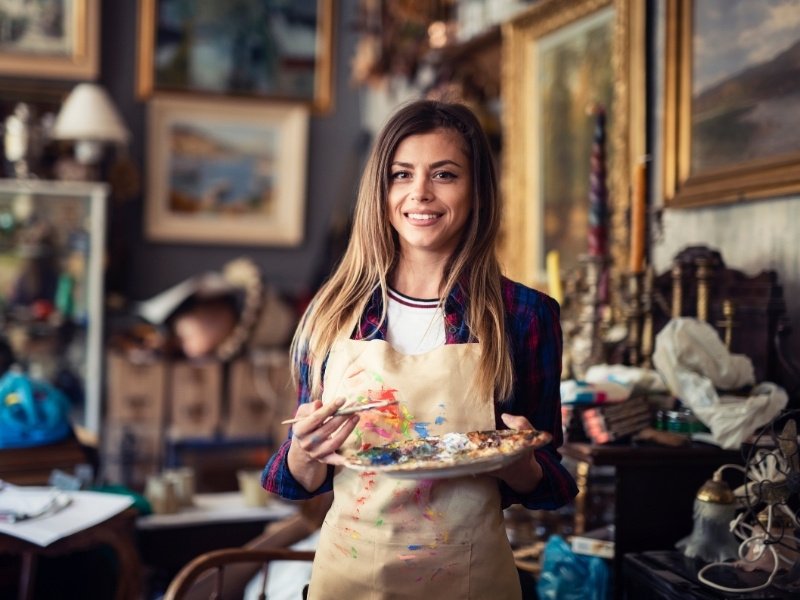
Whew! We’ve covered a lot of ground, haven’t we?
Let’s wrap this up with a nice bow.
Dear artists, you have a world of opportunities at your fingertips.
Social media platforms are your gallery, your stage, and your megaphone all rolled into one. Instagram showcases your visual feast, YouTube brings your process to life, and TikTok lets you ride the wave of trending creativity.
Don’t forget about Pinterest for inspiration seekers, X (Twitter) for quick connections, Facebook for community building, and LinkedIn for professional networking.
Remember, there’s no one-size-fits-all approach. Experiment with different platforms and strategies to find what works best for you and your art.
It’s all about authenticity – let your unique artistic voice shine through in every post, video, and tweet.
The social media landscape is always evolving, just like your art.
Stay curious, keep learning, and don’t be afraid to try new things. Who knows? Your next post could be the one that catapults your abstract art to viral fame.
Most importantly, have fun with it.
Social media should be a joyful extension of your artistic practice, not a chore.
So go forth, splash your creativity across the digital canvas, and paint the internet with your abstract brilliance.
Happy Painting.
Additional Resources
Want to dive deeper? Here are some resources to help you on your social media journey:
Books on Social Media Marketing for Artists
- “Show Your Work!” by Austin Kleon
- “The Facebook Guide for Artists” by Lori McNee
Online Courses and Workshops
- Skillshare offers numerous courses on social media for artists
- Coursera’s “Social Media Marketing Specialization”
Useful Tools and Apps for Social Media Management
- Canva: For creating stunning graphics (Instagram Post, YouTube Thumbnail, etc.)
- Later: For scheduling Instagram posts
- Planoly: For visual planning of your Instagram feed
Remember, the best resource is your own experience. Keep creating, keep sharing, and watch your online presence grow.
FAQs
Q1: How often should I post on social media?
A: Consistency is key. Aim for at least 3-5 times a week on Instagram, 1-2 videos a week on YouTube, and daily on TikTok.
Q2: Do I need to show my face in my social media content?
A: Not necessarily. While it can help build a personal connection, many successful art accounts focus solely on the artwork.
Q3: How do I deal with the creative block when it comes to social media content?
A: Try sharing your artistic process, your inspirations, or even your struggles. Your audience will appreciate your authenticity.
Q4: Is it worth paying for social media advertising?
A: It can be, especially for promoting specific pieces or events. Start small and track your results to see if it’s worthwhile for you.
Q5: How do I price my art for online sales?
A: Consider factors like size, medium, time invested, and your experience level. Research similar artists’ pricing and don’t undervalue your work.

